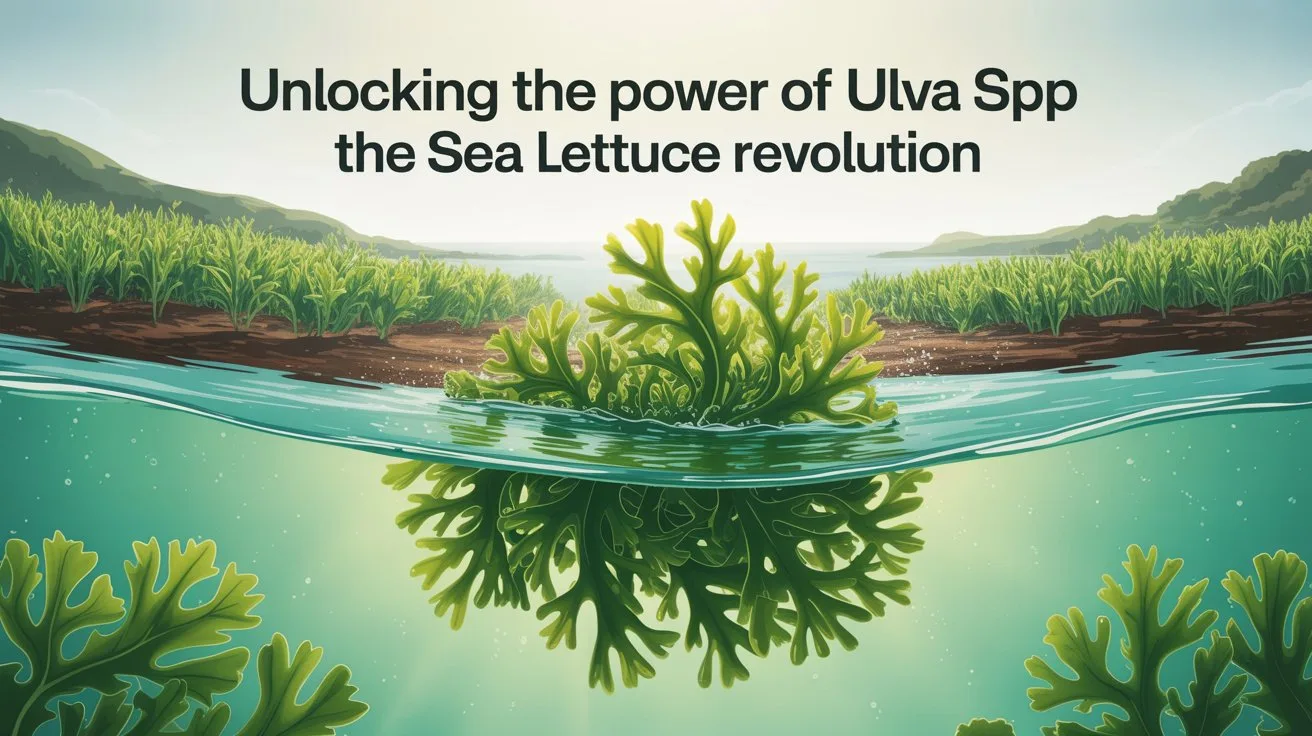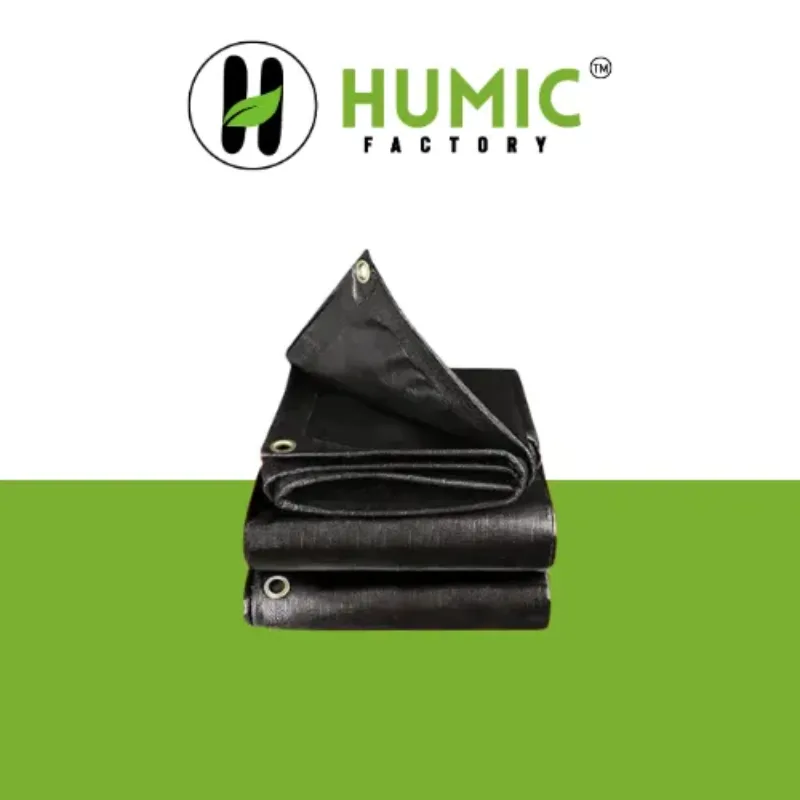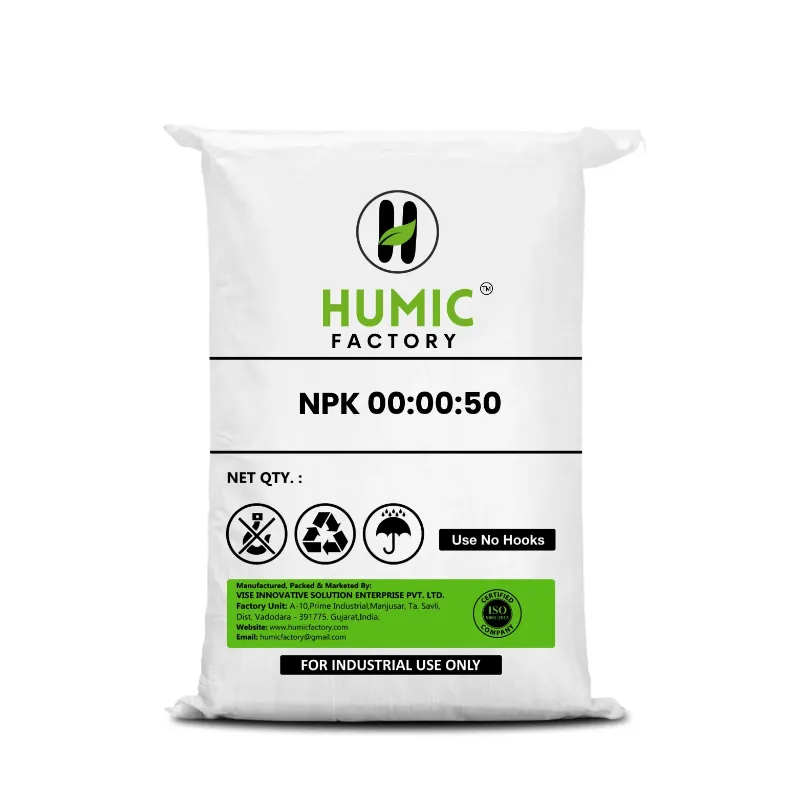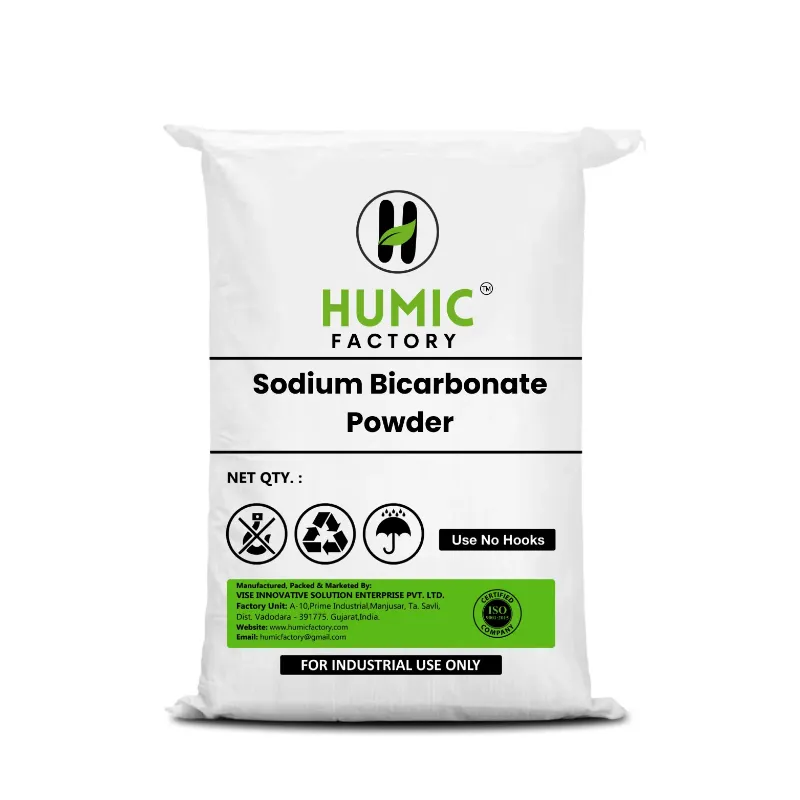Soft and leafy in texture, Ulva is an excellent wealth of micronutrients including iron and calcium, as well as vitamins A and C. Its nutrient properties make it very digestible and nutritious for sustainable food and agricultural systems. Ulva spp is also fast growing and provides nutrients into marine ecosystems which help clean our waters and increase biodiversity.
Ulva is recognized for its cultivation ease and environmental service, and is increasingly valued for its applications of use in organic production, aquaculture, and health foods. Ulva spp is establishing itself as a powerful marine crop, for use from improving soil fertility to being a source of natural protein with more and more uses being discovered around the globe.
If you're looking for seaweed farming or to improve soil organic status, Ulva spp is leading the green movement into the future, with an exceptional category of product variety and compositions from an organic marine green.
Introduction to Ulva spp: Why This Green Algae Matters
Ulva spp. is a group of green macroalgae referred to as sea lettuce that occurs in shallow coastal marine environments across the globe. Being rich in nutrients and tolerant of harsh environments, Ulva spp. is essential to sustainable aquaculture, soil amendment and environmental sustainability. As a result of new interests in marine farming and plant-based diets, Ulva spp. is positioned to become an important bio-resource across industries. Its quick growing cycle, ease of cultivation and multipurpose applications make it a prime candidate in the fight towards a greener planet.
What Is Ulva?
Ulva is one of the many members of green seaweed in the phylum Chlorophyta. It is described as flat-leafed or leaf-like, resembling lettuce which is the reason it is known as "sea lettuce." Ulva typically grows on rock or shallow sea bottom habitat and can be found in polluted, or pristine waters. Ulva spp. is vastly superior from a biomass standpoint and could easily be scaled in processing to develop a marine cultivated crop. In addition, Ulva is also edible and commonly made into dishes for cultures in coastal areas, primarily East Asia, and parts of Europe.
Ulva Meaning and Classification
The translation of Ulva in Latin is "moist" or "wet" which is a suitable name for this algae that lives in the water. Ulva taxonomy is as follows:
- Kingdom: Plantae
- Phylum: Chlorophyta.
- Class: Ulvophyceae.
- Order: Ulvales.
- Family: Ulvaceae.
- Genus: Ulva.
Generally, the genus Ulva consists of multiple species including Ulva lactuca, Ulva intestinalis, and Ulva rigida which have unique characteristics and environmental tolerances. Ulva species are valued for their nutritional chlorophyll component as well as their bioactive components.
Ulva spp and Its Global Significance
Ulva spp has received global interest as a source of environmental, nutritional, and economic value, and its uses include:
- aquaculture: where Ulva is used as a biofilter and feed supplement from its high protein and mineral components
- agriculture from Ulva-based extracts that can improve soil health and plant resilience
- food industry uses it for example in soups, salads and as a natural flavour enhancer
- bioremediation - in the capacity of absorbing excess nutrients and toxins which can lead to eutrophication.
There is increasing interest in marine-based solutions and for Ulva spp. it plays a central role to develop opportunities in climate resilience and circular economy principles and approaches, as well as a source of natural products.
Ulva Information: Nutritional and Environmental Value
Ulva spp, also known as sea lettuce, is a remarkable green algae valued for both its nutritional richness and environmental contributions. This fast-growing macroalgae thrives in coastal waters and has long been used in traditional diets, especially in East Asia. Today, researchers and industries are exploring Ulva spp not only as a superfood but also as a sustainable solution for environmental and marine challenges.
Nutritional Profile of Ulva spp
The Ulva nutritional profile makes it a highly attractive food and supplement source. It is rich in proteins, dietary fiber, essential vitamins, and minerals. Below is a table highlighting the key nutrients found in Ulva spp:
Ulva’s combination of micronutrients makes it a desirable ingredient for functional foods, nutritional supplements, and dietary enhancement.
Environmental Role of Ulva in Marine Ecosystems
When discussing ulva meaning in environmental terms, it refers not only to a plant species but to a marine resource that plays a critical role in maintaining aquatic health. Ulva spp performs several important ecological functions:
- Nutrient absorption: It acts as a biofilter, reducing nitrogen and phosphorus from polluted waters.
- Oxygen generation: Like other algae, Ulva photosynthesizes, contributing to oxygen levels in aquatic ecosystems.
- Habitat formation: Provides shelter and food for small fish, crabs, and invertebrates.
- Carbon sequestration: Absorbs carbon dioxide, helping mitigate ocean acidification and contributing to climate resilience.
Thus, Ulva spp is increasingly being recognized for its environmental value in sustainable aquaculture, marine conservation, and climate action strategies.
Ulva in Human Diet and Wellness
For centuries, Ulva has been part of coastal cuisines, and today it is being rediscovered in modern diets for its superfood status. If you're wondering what is Ulva used for in food, here are some key applications:
- Raw salads and garnishes: Fresh Ulva leaves are added to salads for their slightly salty, ocean-like flavor.
- Soups and broths: In Japan and Korea, dried Ulva is used in traditional seaweed soups.
- Smoothies and supplements: Dried Ulva powder is now sold as a green supplement rich in vitamins and antioxidants.
- Cosmetics and skincare: The polysaccharides and chlorophyll in Ulva help nourish and protect the skin, making it useful in natural beauty products.
Because of its health-enhancing properties and low environmental impact, Ulva spp is gaining recognition in wellness and functional nutrition markets globally.
The Future of Ulva spp in Sustainable Innovation
As the world looks for sustainable, nature-based solutions, Ulva spp (commonly known as sea lettuce) is emerging as a frontrunner in green innovation. From bioplastics to biofuel, its fast growth rate and low input requirements make it ideal for a wide range of eco-conscious applications. The real ulva meaning today stretches beyond its botanical definition—it represents the potential to bridge nutrition, industry, and environmental health.
Key Areas of Ulva-Based Innovation:
- Biofuel Production: Ulva’s carbohydrate content can be converted into ethanol and biogas.
- Bioplastics: Ulva-derived polymers are now used to create biodegradable films and packaging.
- Animal Feed: Ulva’s rich nutrient profile makes it a sustainable additive in aquaculture and livestock feed.
- Textiles & Cosmetics: Its extracts are being tested for their use in anti-aging, hydrating, and anti-inflammatory skin treatments.
Scientific Research on Ulva spp Applications
In recent years, scientific studies have accelerated the exploration of Ulva spp across multiple fields. Here's an overview of current research trends:Ulva species are being studied not only for what is Ulva from a taxonomic view, but also for their multidisciplinary impact on science and society.
Global Market Trends and Commercialization
The Ulva spp industry is gaining momentum due to rising global demand for sustainable products. As environmental regulations tighten and consumer preference shifts towards green alternatives, Ulva-based products are rapidly entering mainstream markets.
Market Trends:
- Increased funding for algae startups and seaweed biotech companies.
- Partnerships between governments and private firms for marine farming projects.
- Higher demand for Ulva-based dietary supplements, natural fertilizers, and skincare products.
- Exports from coastal countries like South Korea, Indonesia, and Norway growing annually.
Climate Action Through Ulva Farming
Large-scale cultivation of Ulva spp is now recognized as a powerful tool in the fight against climate change. Here’s how farming Ulva contributes:
- Carbon Sequestration: Ulva absorbs CO₂ during photosynthesis, reducing ocean acidity and greenhouse gas buildup.
- Water Filtration: It absorbs excess nutrients like nitrogen and phosphorus, mitigating water pollution and eutrophication.
- No Fertilizers Needed: Ulva grows in seawater without needing synthetic inputs, making it a low-impact crop.
- Job Creation in Coastal Communities: Ulva aquaculture supports sustainable livelihoods, especially in developing nations.
By integrating Ulva spp farming into blue economy models, we can create scalable climate solutions that are economically viable and ecologically sound.
FAQs
Q1.What is Ulva and why is it important?
Ulva, commonly known as sea lettuce, is a green macroalgae rich in nutrients and valued for its role in sustainable food, farming, and marine conservation.
Q2.What does Ulva spp mean in scientific terms?
Ulva spp refers to multiple species within the Ulva genus, a group of edible and environmentally beneficial green algae found in coastal waters.
Q3.Where is Ulva commonly found?
Ulva spp typically grow in shallow, nutrient-rich marine environments across Asia, Europe, North America, and other temperate coastlines.
Q4.What is the nutritional value of Ulva?
Ulva is packed with protein, fiber, vitamins A, B, and C, as well as essential minerals like iodine, iron, and calcium—making it a superfood.
Q5.How is Ulva used in agriculture?
Ulva extract is used as a natural biostimulant and fertilizer in sustainable agriculture to improve plant growth, soil health, and crop resilience.
Q6.What are the environmental benefits of Ulva spp?
Ulva spp support marine ecosystems by absorbing excess nutrients, capturing carbon dioxide, and improving water quality, making them vital for ecological balance.
Conclusion – Embracing Ulva spp for a Healthier Planet
Ulva spp, commonly known as sea lettuce, is proving to be one of the most promising marine resources in the pursuit of global sustainability. From its remarkable nutritional profile to its environmental impact, the benefits of this green algae stretch far beyond the shorelines. Understanding ulva meaning and the broader ulva information surrounding its biology, ecology, and applications is crucial in unlocking its full potential.
Why Ulva spp Matters
- Natural Bioremediator: Ulva spp absorbs excess nutrients and heavy metals from water, improving marine water quality and preventing harmful algal blooms.
- Sustainable Food Source: It is rich in protein, fiber, and essential minerals, offering an eco-friendly alternative for both human and animal consumption.
- Agricultural Asset: In farming, Ulva spp extract is increasingly used to enrich soils and enhance crop yields without synthetic chemicals.
Climate Resilience: Cultivating Ulva spp helps sequester carbon and contributes to marine ecosystem restoration.





